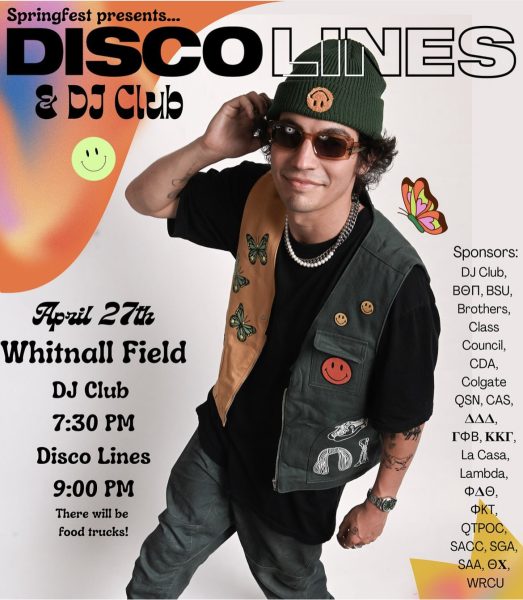A Picture of the Past
Remember in Harry Potter and the Sorcerer’s Stone, when Harry first witnesses a moving, talking photograph? I mention this because I’m fairly confident that 99 percent of you have read the book or seen the movie. Thus, you know that this was an element of normalcy in the magical world, contrasted by Harry’s regular old stationary, silent pictures. Laughable remnants of the “muggle world.” But I look at our generation, and I think maybe we relate more to these imaginary wizards than our forefathers in our methods of keeping visual records of our lives.
My mom has album upon album of photographs, carefully labeled and dated. She has a huge box full of doubles and pictures that are badly lit or have some other defect. Back in the day, really practically moments ago, you couldn’t pick and choose which pictures you developed, because all your pictures were already on the same roll of film. Maybe some of you even have this type of camera still, an artifact from our civilization’s past. But people might exclaim a little if they saw it, like when someone our age approaches a rotary phone.
Once I sat down with my grandmother with a box of pictures, and she explained the history of each one. I learned a lot about my dad’s family that way. We still use our photographs to tell the story of our lives, but I think we are starting to do it differently. It seems like the dust, fingerprints, dog-eared corners, and yellowing paper will not continue with us. When we sit down with our children and grandchildren, I can’t imagine that it will be after an adventurous exploration of the attic. I think it will move in the direction most everything in our lives is moving towards: the compact, the digital.
I would be much less surprised if we sat the kids in the swivel chair and double-clicked a few times than if we sat them on our laps on the couch and opened an album. Maybe we’ll keep our pictures on our desktop, maybe they will be on some Facebook-like website that won’t make us feel ashamed for having a membership at age 40 or 65 or 80. Video clips might be just as popular as pictures, making our media a bit more Harry Potter-like. I only ever take videos when my camera is accidentally on that setting and I don’t realize it, leaving me with videos of people smiling awkwardly, waiting for the flash that never comes. But some people are quite adept at making videos, and I have a suspicion that mine is the recessive gene that will die out. Why take snapshots at prom when you can make a video, replay it to relive the whole thing, and post it all over the Internet so everyone can feel like they are there? Ah, the future.
But even as I propose that this is our future — less clutter in the attic, one more reason to sit at the computer — I am saddened by the idea. I like labeling my photo albums and updating my bulletin board. I like the physical evidence of my past, something I can hold and can hand to a friend, something that I don’t have to worry about losing forever if my computer crashes. It feels more substantial, more like remembering the past than merely browsing the Internet. I like the idea of someone finding a misplaced photograph, and wondering about its significance. I certainly like that idea more than the thought of someone looking through my pictures online, unbeknownst to me. I guess it all just seems a bit unreal to me, a step into a world more like Harry Potter’s, still a little startled when I wave back at myself from the screen.







